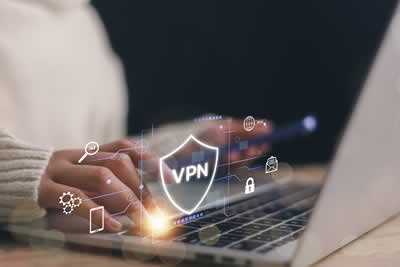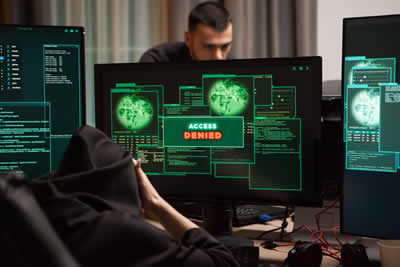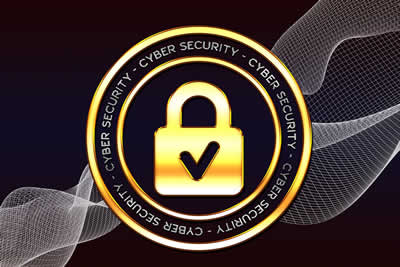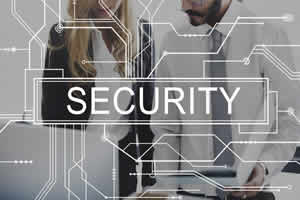Amid the shift towards working from home, businesses are grappling with the challenge of balancing productivity and data security. This move has revealed weaknesses in data protection measures, underscoring the need for robust security protocols. Safeguarding information in work settings demands
a holistic strategy that combines advanced technologies, employee training and adherence to best practices for secure data sharing.

Secure Data Transfer Technologies
Utilizing technologies for data transfer forms a cornerstone of work security. A
secure FTP server provides an encrypted platform for file exchange, and this ensures that data remains protected from unauthorized access during transmission. This level of security is vital for organizations handling sensitive information like records, employee information and proprietary business materials. And by integrating data transfer solutions, companies can significantly mitigate risks such as cyberattacks and breaches.
Employee Training and Awareness
Although technology plays a key role in enhancing data security, the human factor cannot be underestimated! Employees are often the weakest link, posing vulnerabilities due to their lack of awareness about good data management.
And because of this, organizations need to prioritize training programs that educate their staff on the significance of data security, the risks linked to insecure data sharing and "best practice" methods for safeguarding information. Training topics should create an ethos of creating strong passwords, recognizing phishing threats and the effective use of secure communication channels.

Enforcing Access Controls
Access control plays a key role in ensuring work security. this requires a policy of "
least privilege", with primary attention paid to rules where employees are given access to the information and systems essential for their roles. This approach reduces the impact of security breaches by restricting an attacker's ability to enter the system. And regularly reviewing and updating access controls is necessary to align with changes in employee responsibilities.
Frequent Software Updates and Patch Maintenance
As technology advances, so does the ability of cyber attackers to hack! This means that any company needs to maintain up to date software to defend against any vulnerabilities that could be exploited. This applies not only to secure FTP servers and other data transfer tools, but all software used by the organization. By incorporating updates and patch management into security procedures, all systems will be secure and shielded from known vulnerabilities.
Securing Endpoints
Given that employees connect to a company's networks from different locations and devices, safeguarding endpoints is crucial in preventing unauthorized data access.

It's also vitally important to set up firewalls, anti-virus software and intrusion detection systems. On all devices used, not just on central data stores. Moreover, organizations should think about using virtual private networks (VPNs) to establish an even more secure connection between remote workers and the company network. This would mean that external access would be prevented.
Backup and Recovery Strategies
And lastly, organizations need backup and disaster recovery strategies in place! Regularly backing up data ensures that if there is ever a cyberattack or data loss incident, information can be recovered relatively easily. An effective disaster recovery plan will outline (in detail) the actions to take in case of a security breach reducing downtime and lessening the impact on business operations.
In summary, improving security -- especially for remote access -- involves an approach that integrates secure technologies with employee training; stringent entry controls and proactive software management. By incorporating these best practices organizations can safeguard data, reduce risks linked with remotes workers ... and (of course) uphold trust among clients and stakeholders.
And anyone ignoring what we've said here is asking for trouble...

























